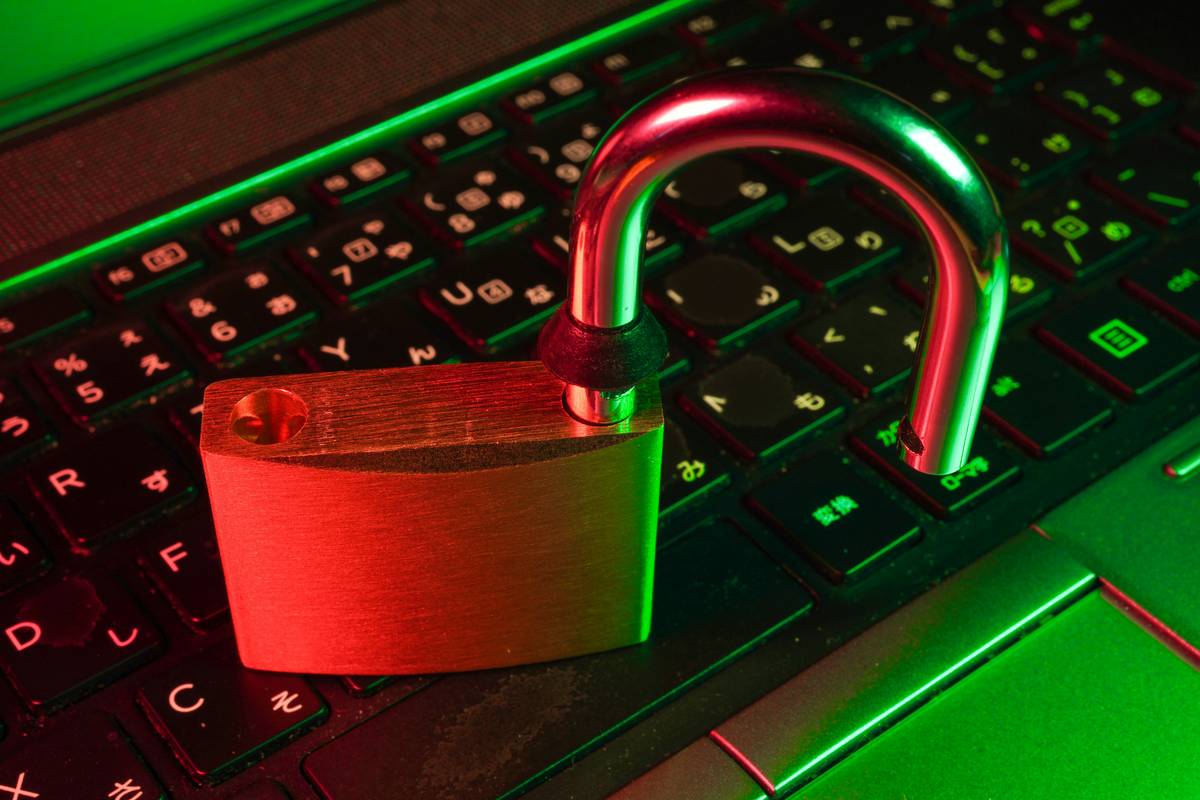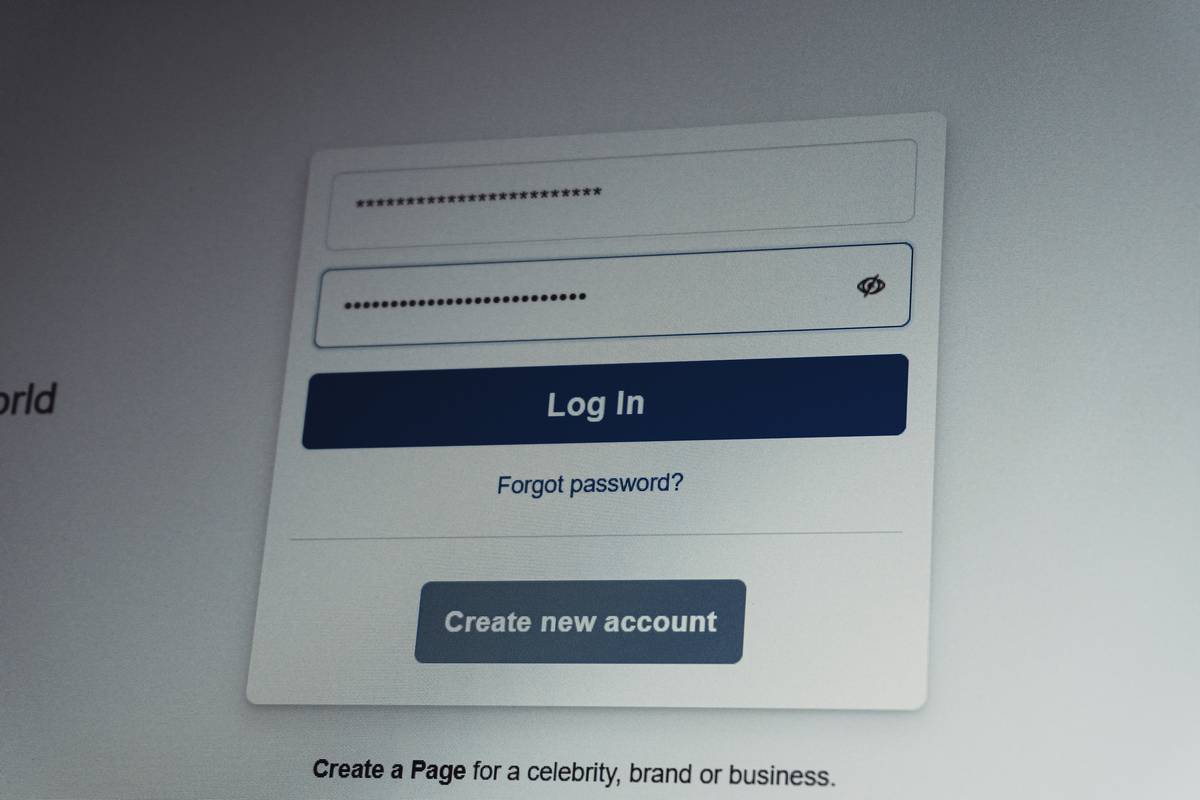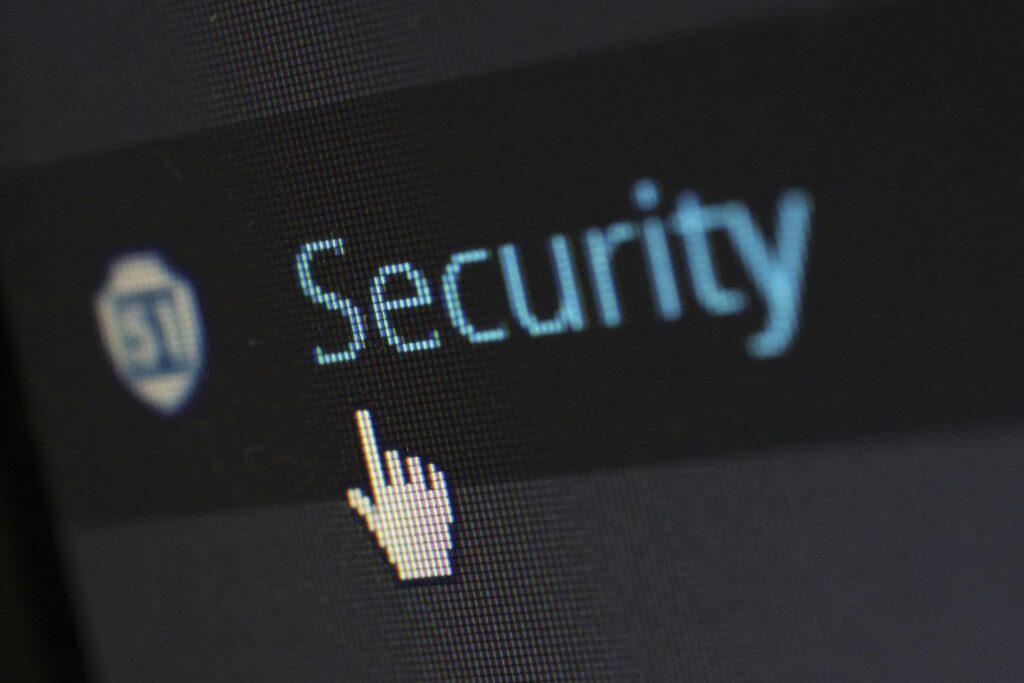Ever clicked a link in an email only to realize—too late—it was a phishing scam? You’re not alone. According to Verizon’s 2023 Data Breach Investigations Report, phishing attacks account for 36% of all data breaches. It’s like walking through a minefield where one wrong step costs you your data (or worse). But here’s the good news: with the right strategies, you can stop these cybercriminals dead in their tracks.
In this blog post, we’ll dive deep into phishing attack mitigation, exploring why it matters, how to spot phishing attempts, actionable steps to protect yourself, and real-world examples that prove prevention is possible. By the end of this, you’ll have the tools to fight off even the sneakiest attacks.
Table of Contents
- Key Takeaways
- Why Phishing Attacks Are a Big Deal
- Step-by-Step Guide to Phishing Attack Mitigation
- Tips & Best Practices for Staying Safe
- Real-World Examples of Phishing Success Stories
- Frequently Asked Questions About Phishing
Key Takeaways
- Phishing remains one of the top cybersecurity threats, responsible for nearly 40% of breaches.
- Training employees on recognizing phishing emails is critical for effective mitigation.
- Multi-factor authentication (MFA) reduces the risk of unauthorized access after a successful phishing attempt.
- Regularly updating software and using advanced email filtering tools can block most phishing attempts.
Why Phishing Attacks Are a Big Deal
Let me tell you a story about my buddy Alex. He thought he was smart enough to never fall for phishing scams—but then he got an email from “his bank.” The logo looked legit, the tone seemed urgent (“Your account has been compromised!”), and before he could blink, he’d entered his login details. Boom—the phishers had him. And just like that, his savings disappeared faster than coffee during finals week.
Alex isn’t unusual. These scammers aren’t just targeting businesses; they’re targeting people like us. Cybercriminals exploit human psychology, crafting emails so convincing they trick even tech-savvy folks. That’s what makes phishing such a persistent threat—it preys on trust and urgency.
Why does this matter?
The average cost of a phishing breach is $4.4 million, according to IBM’s Cost of a Data Breach report. *Grumpy Me:* “Yeah, yeah, millions sound dramatic.” Optimist Me: “But wait! Effective mitigation saves both money AND peace of mind!”

Step-by-Step Guide to Phishing Attack Mitigation
Step 1: Educate Employees and Yourself
User awareness is key. No tool or firewall can replace knowing how to identify suspicious emails. Start by teaching red flags:
- Emails with misspelled domains (e.g., microsfot.com instead of microsoft.com).
- Requests for personal information via unsecured channels.
- Generic greetings like “Dear Customer.”
Step 2: Enable Multi-Factor Authentication (MFA)
MFA adds an extra layer of protection. Even if credentials are stolen, attackers won’t get far without the second factor. Think of it as locking your front door and installing a security system.
Step 3: Deploy Advanced Email Filtering Solutions
Modern email filters use AI to detect phishing attempts. Tools like Proofpoint or Mimecast analyze language patterns and sender behavior to flag potential threats.
Tips & Best Practices for Staying Safe
- Hover, Don’t Click. Always hover over links to verify URLs before clicking.
- Use Password Managers. They generate strong, unique passwords for every site.
- Keep Software Updated. Many phishing attacks exploit outdated systems.
- Rant Alert! Stop dismissing those pesky update notifications—they exist for a reason. #PatchTuesdayForLife
- Report Suspicious Emails. Flagging phishing attempts helps organizations improve defenses.
Pro Tip: Avoid sharing sensitive info over email. Use secure platforms like encrypted messaging apps or document-sharing portals instead.
Real-World Examples of Phishing Success Stories
In 2021, Colonial Pipeline fell victim to a massive ransomware attack initiated by a single phishing email. Sound grim? Sure. But look at Google, which trains its staff rigorously against phishing. Their internal simulations reportedly achieve a success rate of over 90%. Now THAT’S chef’s kiss for corporate resilience.
Frequently Asked Questions About Phishing
What is phishing attack mitigation?
It involves implementing strategies and tools to prevent phishing attacks and minimize their impact.
How do I spot a phishing email?
Check for spelling errors, strange sender addresses, and urgent calls to action demanding sensitive info.
Is MFA really worth it?
Absolutely. It drastically reduces the chances of unauthorized access, making you less vulnerable.
Can antivirus software stop phishing emails?
While helpful, antivirus alone can’t catch every phishing attempt. Combine it with other measures like user training and email filtering.
Conclusion
Battling phishing requires constant vigilance. From educating yourself and deploying advanced tech to staying updated on emerging threats, every step counts. Remember Alex? With proper mitigation techniques, he could’ve avoided disaster entirely.
Optimist You: “You’ve totally got this—you’ll crush those sneaky phishers!”
Grumpy You: “Fine. But don’t forget to back everything up first.”
Like finding Waldo in a crowd of clones,
Spotting phishing takes focus.
Stay sharp, friends.


